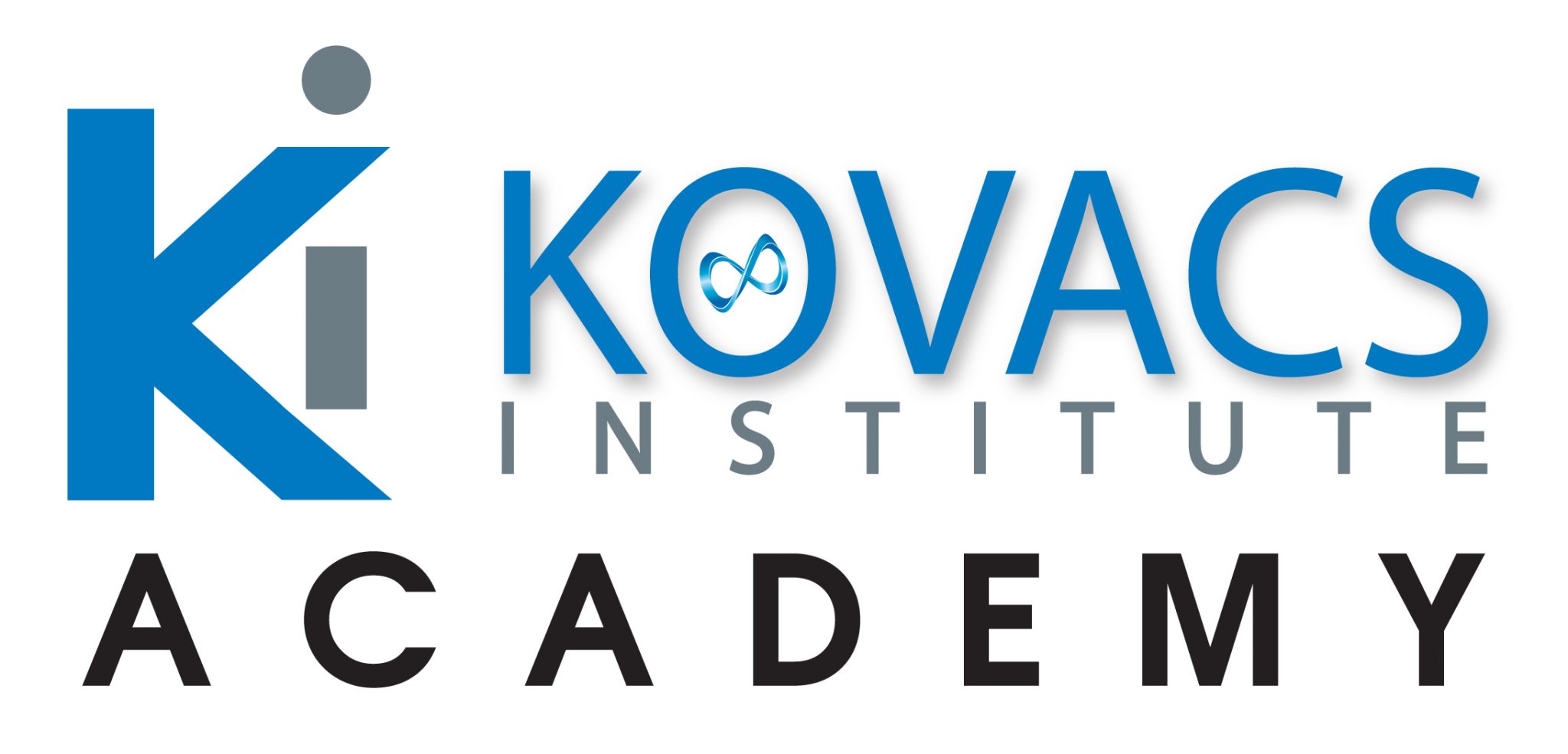Here is the full presentation at the 2024 TENNIS CONGRESS to nearly one hundred passionate and committed competitive adult tennis players. Mastering the serve requires a deep understanding of biomechanics, efficiency, and technique. This presentation provides an in-depth analysis of the kinetic chain, common inefficiencies, and key adjustments necessary for a more effective serve. This video breaks down the science behind the serve and provides insights to help competitive players refine their technique and maximize their potential.
Understanding the Kinetic Chain in Serving
A powerful and efficient serve is not simply about arm strength; it is the result of an optimized kinetic chain. The kinetic chain is the sequential transfer of energy from the lower body through the trunk and ultimately to the racket. Each segment of the body plays a crucial role in generating power and efficiency.
- Leg Drive and Ground Reaction Forces: The serve begins with the legs, which provide the initial push through ground reaction forces. Players who utilize a strong knee bend and forceful leg drive can generate more power while reducing strain on the upper body. This phase is critical in maximizing upward force and controlling the trajectory of the ball toss.
- Hip and Trunk Rotation: The energy generated from the legs is transferred through the core, where hip and trunk rotation amplify power. Proper coil and uncoil mechanics allow players to generate angular momentum, which translates into racket head speed.
- Shoulder and Arm Acceleration: As the energy moves upward, the shoulder plays a pivotal role in controlling the arm’s acceleration. The internal rotation of the shoulder and the extension of the elbow contribute significantly to racket speed and precision.
Common Inefficiencies and Corrections
Many players fail to optimize their kinetic chain due to technical inefficiencies. Dr. Kovacs highlights some of the most common mistakes that hinder serve performance and how to correct them.
- Insufficient Leg Drive: Many players rely too heavily on their upper body, neglecting the appropriate leg drive. To correct this, players needs to determine the ideal knee bend. Many times it is not more depth, but the optimum depth to allow for increased vertical back hip displacement.
- Lack of Core Engagement: Some players fail to engage their core effectively, leading to energy leaks. Engaging the obliques and maintaining a strong core connection throughout the motion ensures better force transfer.
- Improper Shoulder Alignment: Poor shoulder positioning during the serve can lead to inefficient energy transfer and even increase injury risk. Ensuring proper shoulder (and hip) tilt and alignment allows for a smoother transition through the serve motion.
- Limited Racket Acceleration: If the racket head does not reach optimal speed, the serve lacks power. Improving shoulder rotation, increasing pronation, and focusing on a relaxed grip.
Applying Science to Serve Strategy
Technical efficiency is only one aspect of serving success. Strategic application of serving skills is equally important for competitive players. Dr. Kovacs discusses how biomechanics influence serve placement and variation:
- Power vs. Placement Trade-off: While maximizing power is crucial, accurate placement can be just as effective in disrupting an opponent’s return.
- Spin Variability: Understanding how different spin types (flat, slice, kick) interact with biomechanics helps players develop a diverse serving arsenal.
- Tactical Adjustments: Analyzing opponent weaknesses and adjusting serve mechanics accordingly can provide a strategic advantage.
Final Thoughts
The science of serving extends beyond simple technique—it requires an integrated approach combining biomechanics, strength training, and strategic application. By understanding the kinetic chain and making the necessary adjustments, players can develop a more powerful, efficient, and reliable serve. Watch the video to learn more.
If you are interested in learning more in-depth knowledge around the tennis serve, you may want to consider the TENNIS SERVE SPECIALIST (TSS) Certification Program through the Kovacs Institute.








Add comment